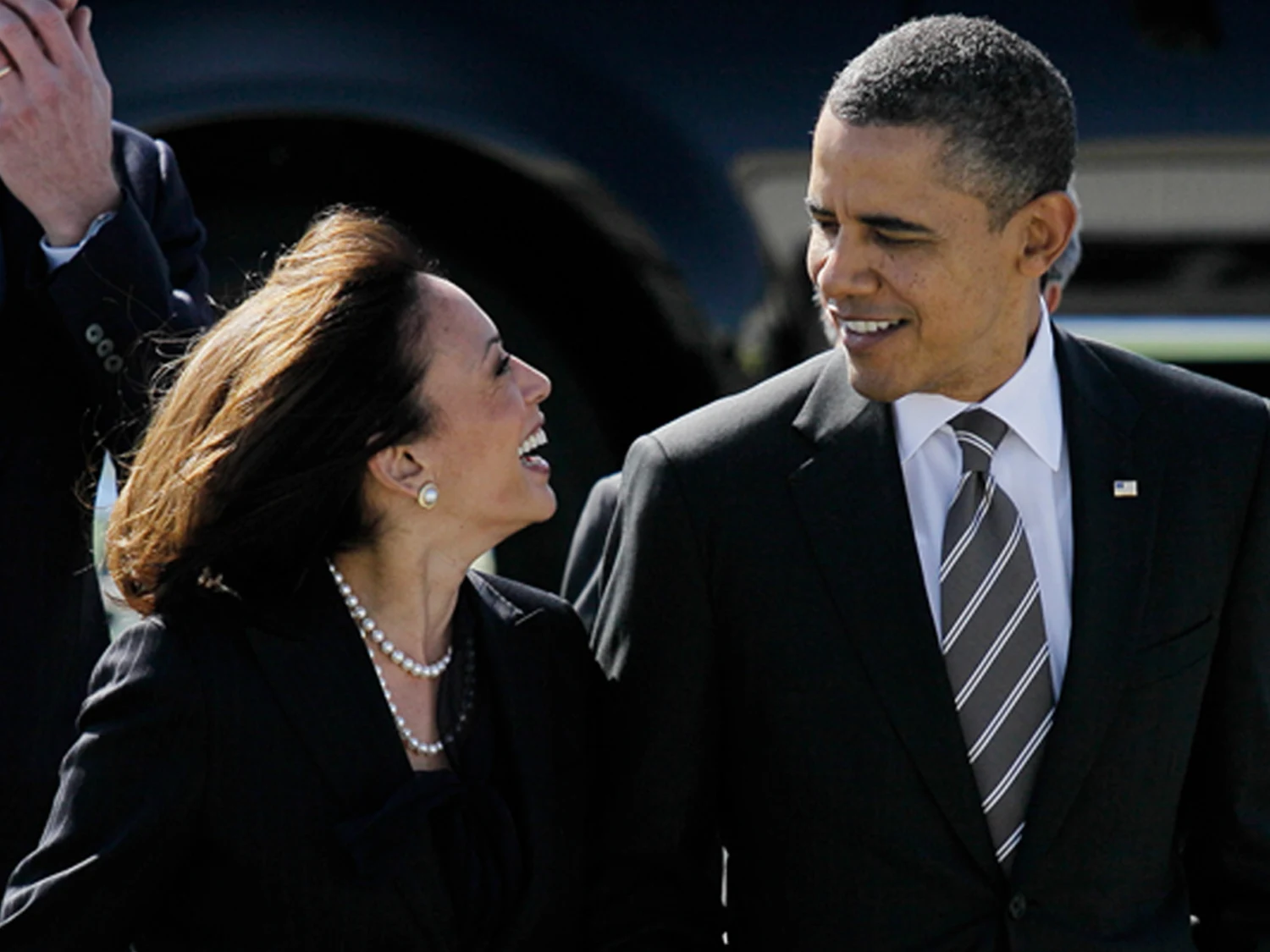The US trade deficit narrowed dramatically in April, falling to its lowest level in over a year, as imports plunged in the wake of President Donald Trump’s expanded tariff measures.
New data from the Commerce Department released Thursday shows the trade deficit in goods and services dropped to $61.6 billion, down from $138.3 billion in March — a 55.5% month-over-month decrease and the sharpest narrowing on record.
The change comes as Trump’s trade policy enters a turbulent phase. After significantly escalating tariffs earlier this year, the administration has since paused or scaled back some of the measures. Several of the steepest levies now face legal scrutiny following recent court rulings, adding further uncertainty for businesses and investors.
April’s data shows that imports fell by a record 16.3%, reflecting both the direct impact of tariffs and a slowdown after companies rushed to bring goods into the US in previous months to beat higher duties. Exports, meanwhile, rose modestly by 3%. The combination of falling imports and steady exports contributed to the dramatic contraction of the trade gap.
Trump has long pointed to reducing the trade deficit as a central goal of his economic strategy, arguing that a narrower deficit signals greater economic strength and fairness in trade. While the April figures support this narrative on paper, economists caution against viewing the shrinking gap as an unambiguous success.
“The big swing in the trade deficit reflects the global trade war,” said Mark Zandi, chief economist at Moody’s Analytics. “While it may temporarily boost GDP, it also signals major disruptions in global supply chains that will soon affect prices and consumer purchasing power.”
Consumer sentiment has declined for four straight months, according to a University of Michigan survey, as the effects of tariffs on household goods begin to set in. Pharmaceutical imports alone fell by $33 billion in April, contributing to a steep drop in the trade deficit with Ireland. The goods-trade gap with China also narrowed to $19.7 billion, the lowest level since the early days of the pandemic.
Despite the uncertainty, recent economic indicators show continued resilience. Job growth remains solid, unemployment is historically low, and inflation has cooled to its lowest rate since 2021. The Organization for Economic Co-operation and Development (OECD) recently projected continued US economic growth into 2025 and 2026, albeit at a slower pace.
However, the long-term implications of Trump’s tariff-driven strategy remain uncertain. While trade contributed positively to GDP in April, analysts warn that depleted inventories and higher consumer prices may temper that boost in the months ahead. Businesses also face ongoing confusion as tariff levels fluctuate and new trade negotiations unfold.
The call between Trump and Chinese President Xi Jinping earlier this week added another layer of complexity, as the two leaders discussed bilateral trade relations amid ongoing tensions. Although the White House did not comment on the conversation, the timing suggests renewed diplomatic engagement may be on the table.
ABC News, the New York Times, and Bloomberg contributed to this report.









